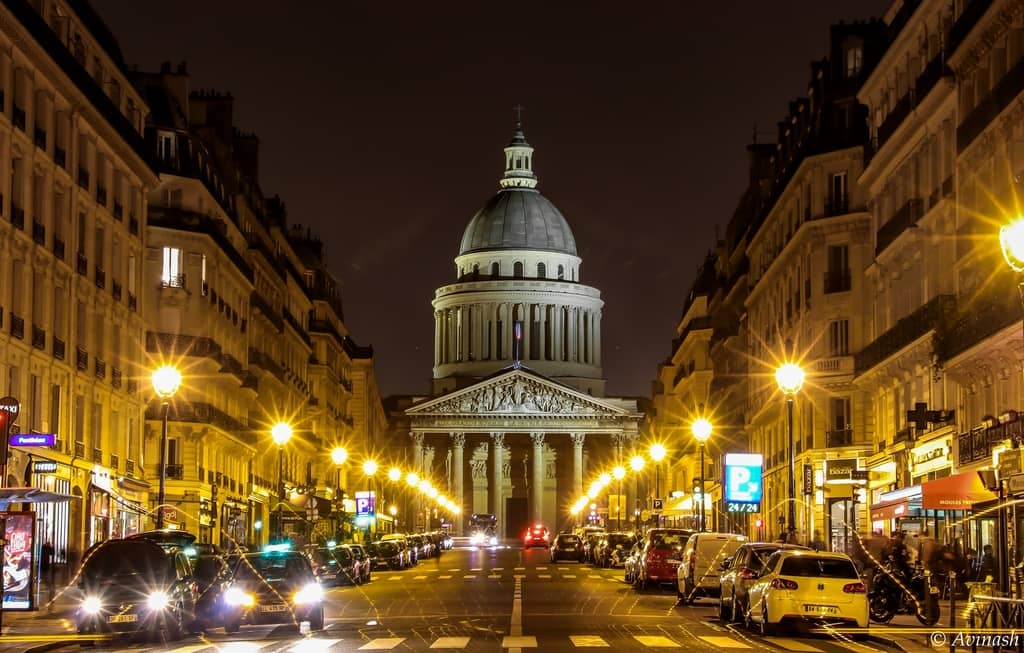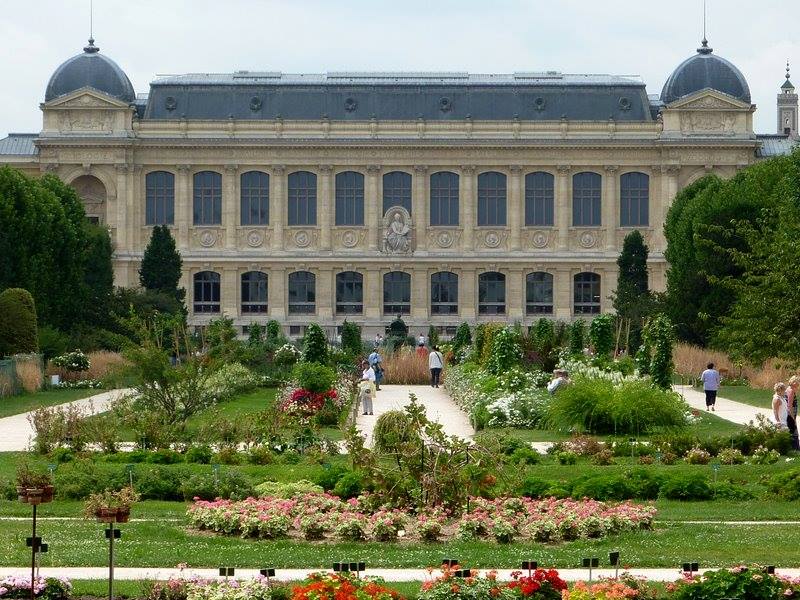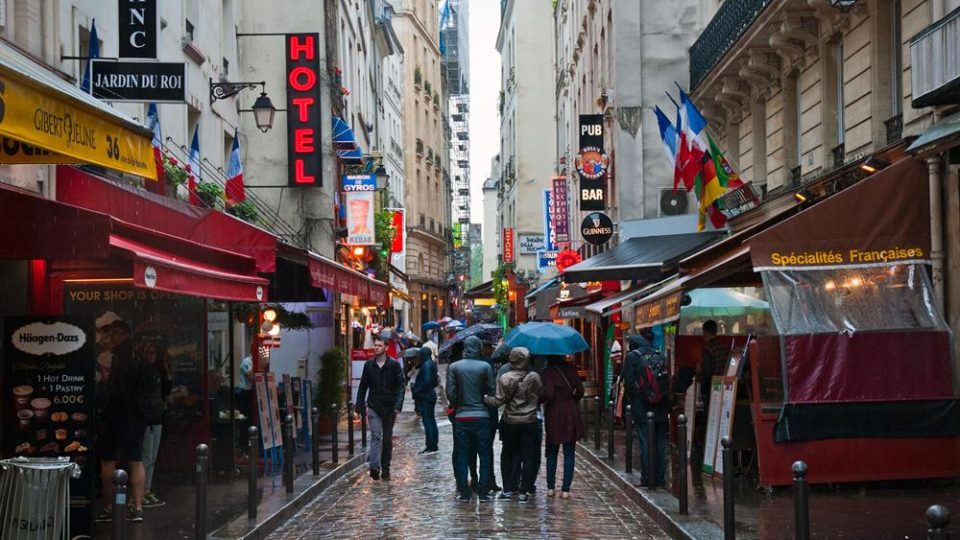Things To Do In The Latin Quarter Of Paris
The Latin Quarter of Paris is one of the many places in the city that will astound tourists. It is an area in the 5th and 6th arrondissement of the city that has a unique charm; even locals find it bubbling. It is also located on the Seine River’s left bank around the Sorbonne; making it a popular area.
Widely known for its vibrant student life, charged atmosphere, and bistros, the place is made up of some higher education institutions apart from the university, like the École des Mines de Paris, the Jussieu university campus, École Normale Supérieure, the Schola Cantorum, and Panthéon-Assas University. Other institutions like the École Polytechnique have moved to wider settings in recent times.
The Latin Quarter’s tapered, twisty, cobblestone streets refresh the mind of what medieval Paris looked like when the first scholars of the Sorbonne University spoke Latin while they meandered the streets. It must be noted that being the home of the Sorbonne University, the 5th arrondissement is named after the university’s first scholars who spoke the ancient Roman language.
Dissimilar to lots of other Paris arrondissements, the Latin Quarter was not touched by the wide renovations of Baron Haussmann. Therefore, it retains much of its ancient vibe. From the magnificent Jardin des Plantes to Rue Mouffetard’s tumble of food stalls, the impressive Pantheon, and the stately Cluny Museum, there us a lot to do and see in this lively student quarter.
Here Are The Best Places To Visit At The Paris Latin Quarter:
The Pantheon
This striking landmark is a mausoleum and a monument to the country’s greatest men and women. In 1758 it was first built as a church and was later converted to the “heroes of France” shrine in the French Revolution. For lovers, students of architecture, the place’s exterior was designed after the Pantheon in Rome. You should explore the inside where Foucault first experimented with his popular pendulum.
The Pantheon is the resting place of several high profile French persons like Victor Hugo and Marie Curie, including Louis Braille, Voltaire, Alexandre Dumas, Marcelin Berthelot and his wife Sophie, Jean Moulin, and Emile Zola.
Impeccably positioned, the Pantheon is located on Montagne Sainte-Genevieve, which looks over Paris and is a perfect starting point for a walk into the Paris Latin Quarter or towards Jardin du Luxembourg in the 6th arrondissement.

Cluny Museum – National Museum of the Middle Ages
The French capital is rife with many hidden gems, and the Musée National du Moyen Age (Museum of the Middle Age) is definitely one of them. Beyond the visitors’ bustle, this small treasure of a museum is assigned as a Middle Ages one.
Among the many attractions here is the tapestry collection, including the La Dame a la Licorne. In Flanders, the six tapestries were woven from wool to silk with the use of designs from the capital during the 16th-century.
You should also see the Roman-Gallo baths from the 3rd-century, the sculptures, Gothic ivories, stained glass windows, and artwork. Usually known as the ‘Cluny’, it gets its name from the first building, which was the Cluny monastery. After seeing all these, you can step out to witness the bliss in the quiet garden.

Jardin des Plantes
In the 1600s, the Botanical Garden, also known as Jardin des Plantes, was used to grow medicinal herbs for the royal family. In fact, it used to be called the King’s Garden (Jardin du Roi). Today is part of the city’s hidden treasures with full gardens, benches, pathways, a zoo, and an array of museums all at a single location.
Jardin des Plantes has about 4,500 plants in its rose garden, alpine garden, and Art Deco winter garden. You will also see 3 big greenhouses; one built in the 19th-century is a splendid tribute to the era’s metal and glass architecture. Entry to the gardens is free except for the Natural History Museum and the zoo. Children will particularly find the place interesting.

The Zoo at Jardin des Plantes
The Revolution is responsible for a lot of things. This gorgeous old-fashioned zoo is the world’s second oldest and is not your usual zoo. Unique and stately, it was a status symbol for French royalty to tend animals. After the royals died, the animals needed a new home.
Versailles is one of the royal estates. Animals from the king’s zoo were transferred in 1793 to the Jardin des Plantes, and that was how the zoo was birthed. The charm of this zoo is its original green-glass exhibit cases from the 19th-century are still used today. These include places where tortoises, snakes, and other reptiles stay.
Natural History Museum
It is referred to as the Natural History Museum, but it is a collection of many museums in the Jardin des Plantes- the Gallery of Paleontology (dinosaurs, prehistoric animals, birds), the Grande Gallery of Evolution, and the Gallery of Mineralogy (Galerie de Mineralogie et de Geologie).
This array of museums is the place to visit with children to see different animals. Intend to spend three hours or more here, with a visit to the Galeries des Enfants, an interactive science museum dedicated to children. The Natural Museum is located in 57 Rue Cuvier, Jardin Pantes 75005.
Musée Curie
This interesting free museum shares home with where Madame Curie worked in her lifetime. There she made her significant discoveries about radioactivity. To refresh your mind Marie Curie was the first woman to clinch a Nobel Prize, the first woman professor at the Sorbonne University, and one of the two women to be laid to rest in the Pantheon.
In 201, the museum got a much-needed renovation thanks to Eve Curie’s estate, Madame Curie’s youngest daughter. The museum is rife with antique scientific instruments, and there is a beautiful small garden to mull on how Marie Curie touched the world. Admission to the museum is free and is open from 1:00 pm to 5:00 pm.
Shakespeare & Company
A Paris establishment, this privately-owned English bookstore was opened to the public by an American, Sylvia Beach, in 1919. Beach managed the institution as a casual bookstore and boarding house, new writers. In his memoir, A Moveable Feast, Ernest Hemingway wrote about it. During the Second World War, the bookstore had to be closed as the Nazis occupied Paris.
In 1951 another American, George Whitman, reopened its doors and gave it an injection of fresh enthusiasm with a new location in the Paris Latin Quarter. Today, Whitman’s daughter, Sylvia Beach Whitman (named after the founder), manages the establishment.
She operates it as it used to be- as an unconventional hangout for up and coming writers and book buffs. Make plans to spend time exploring the a or atop by at the nearby café that Sylvia also manages.
Latin Quarter Gourmet Food Tour
The Latin Quarter is more than its history and museums. Food is an integral part of the area. When you visit, be rest assured that you will find some of the best foods in the country at its shops and markets.
A food tour is a brilliant way to explore the Latin Quarter. You will immerse yourself in the culinary world as you follow the lead of your tour guide to markets and shops. You will also learn how the treats are prepared, how to choose them, and how to make your gourmet recipes.
Things To Do In The Latin Quarter – Summary
The Paris Latin quarter is a great place to stay when you are in the city. The area is incredibly cozy and super accommodating to visitors. No matter the season of the year, there is so much to see and do here, even without spending a fortune. Brace yourself as you will be offered the chance to experience Paris in an unusual way.
